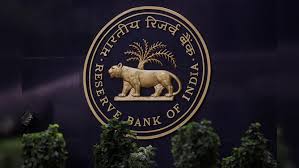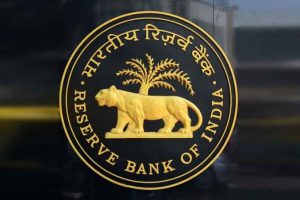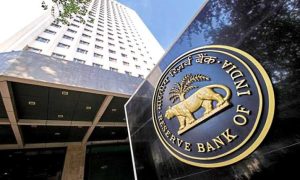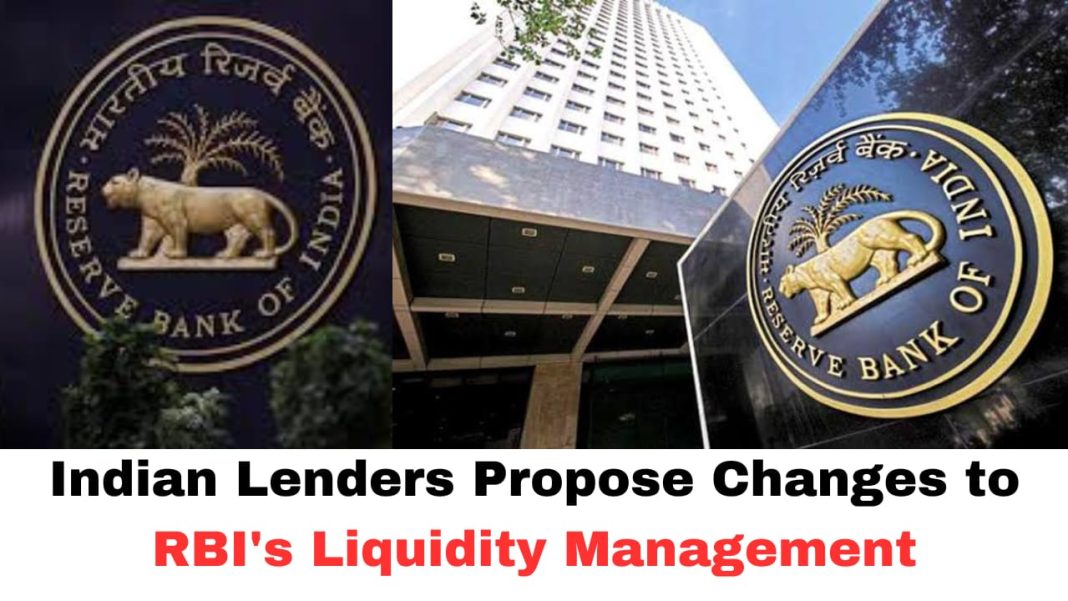Digital News Guru National Desk:
In a significant move ahead of the Reserve Bank of India’s (RBI) upcoming monetary policy meeting, Indian commercial lenders have proposed sweeping reforms to the country’s liquidity management system. The proposals, aimed at enhancing efficiency, flexibility, and alignment with global practices, reflect the growing complexity of the Indian financial ecosystem and the need for a modernized approach to liquidity operations.
The recommendations were presented in a recent consultation between top bank executives and the RBI in anticipation of the central bank’s monetary policy announcement scheduled for April 9, 2025. These proposed changes could have far-reaching implications for the transmission of monetary policy and the day-to-day functioning of India’s banking system.
Key Recommendations from Indian Banks
- Shift from 14-Day Variable Rate Repos to Overnight Fixed-Rate Operations
At the heart of the lenders’ proposals is a call to shift the RBI’s liquidity operations from a 14-day variable rate repo (VRR) system to an overnight fixed-rate framework. Under the current mechanism, the 14-day VRR is the main tool through which the RBI injects or absorbs liquidity from the banking system.

However, banks argue that the growing unpredictability in cash flows, coupled with the evolution of 24×7 digital banking, calls for a more dynamic, responsive, and short-term liquidity tool. The overnight fixed-rate repo is seen as better suited to align with daily liquidity mismatches and to provide real-time support to the banking sector.
- Replacement of Weighted Average Call Rate (WACR) with Secured Overnight Rupee Rate (SORR)
Another crucial recommendation is to shift the RBI’s policy rate target from the WACR to the Secured Overnight Rupee Rate (SORR). The WACR currently acts as the operative target for monetary policy. However, it is derived from unsecured overnight interbank borrowing, making it more volatile and less reflective of broader funding conditions.
In contrast, the SORR is based on secured transactions, offering a more stable and transparent benchmark. Indian banks believe that moving to SORR as the operative target would result in better alignment with international standards, notably the adoption of secured rates like SOFR (Secured Overnight Financing Rate) in the United States.
Such a move could also aid in developing the Indian overnight indexed swap (OIS) market, deepening bond and derivatives markets by providing a more reliable underlying rate for pricing.
- Lowering the Cash Reserve Ratio (CRR)
The banks have also reiterated their longstanding demand for a reduction in the Cash Reserve Ratio (CRR). The CRR refers to the minimum percentage of a bank’s total deposits that must be kept with the RBI in the form of liquid cash. While it acts as a safety net for systemic liquidity, a high CRR locks up significant funds that could otherwise be used for lending or investment.
With persistent liquidity deficits and rising credit demand, especially from MSMEs and the corporate sector, banks argue that a lower CRR would infuse more lendable resources into the system, thereby supporting economic growth without necessarily compromising on financial stability.
Why the Shift? Understanding the Context
These proposals come at a time when the Indian financial landscape is undergoing rapid transformation:
- Digital payments, real-time settlement systems, and increased retail activity have led to frequent and unpredictable liquidity mismatches.
- The banking system has experienced intermittent cash crunches, particularly during tax outflows or heavy government borrowing weeks.
- Transmission of monetary policy rates has often been lagged or distorted due to volatility in the overnight interbank market.

By proposing these changes, Indian lenders are essentially seeking a modern, responsive, and globally harmonized liquidity framework that is better equipped to handle the nuances of a rapidly digitizing and growing economy.
Potential Benefits of the Proposed Reforms
- Enhanced Liquidity Predictability: Moving to an overnight system could improve banks’ ability to manage daily liquidity and reduce reliance on emergency measures.
- Faster Rate Transmission: Aligning the operative rate with SORR and using secured benchmarks could smoothen monetary policy transmission.
- Reduced Systemic Volatility: A more active overnight market based on secured rates could help mitigate funding shocks during periods of financial stress.
- Boost to Credit Growth: A reduction in CRR would unlock additional capital for credit expansion, crucial for sectors like infrastructure, housing, and MSMEs.
RBI’s Response and the Road Ahead
While the RBI has not officially commented on the proposals, sources suggest that some of the changes are already under review. The central bank has shown openness in the past to aligning with global benchmarks and may adopt a phased approach to transition key liquidity tools.
Economists expect that any major decision on overhauling the liquidity framework would be taken after detailed consultation and analysis, likely through the RBI’s Internal Working Groups or Monetary Policy Committee (MPC).
The RBI may also opt to pilot new mechanisms—such as limited use of the SORR for benchmarking or increasing frequency of overnight repos—before implementing systemic changes.
Conclusion
The proposed changes by Indian banks signal a growing maturity and forward-looking approach within the financial system. As India aspires to become a $5 trillion economy, the agility and resilience of its financial institutions will be crucial.

If implemented thoughtfully, these reforms could not only enhance financial stability but also strengthen the link between monetary policy and real economy outcomes, ensuring that India’s growth is supported by a responsive and robust financial infrastructure.
You May Also Read: Dubai World Cup 2025: The Grand Spectacle of Horse Racing








